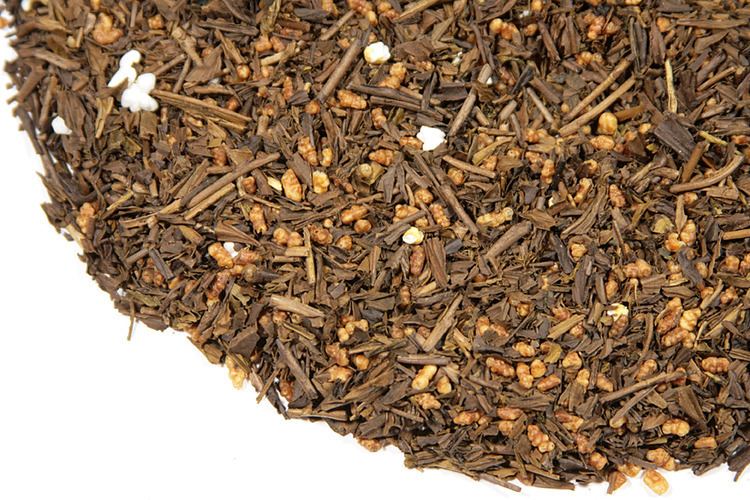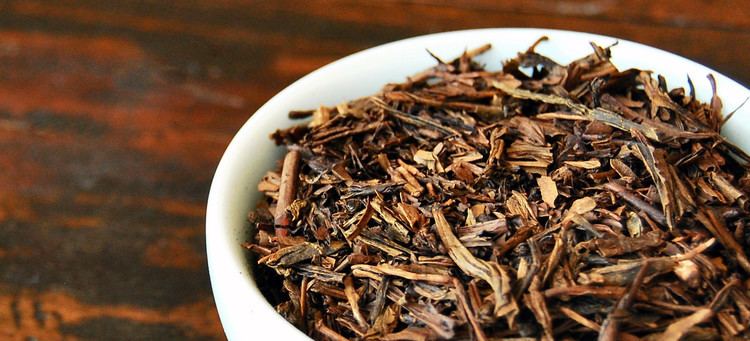Type Green Temperature 82 °C (180 °F) | Origin Japan Time 1 - 3 minutes | |
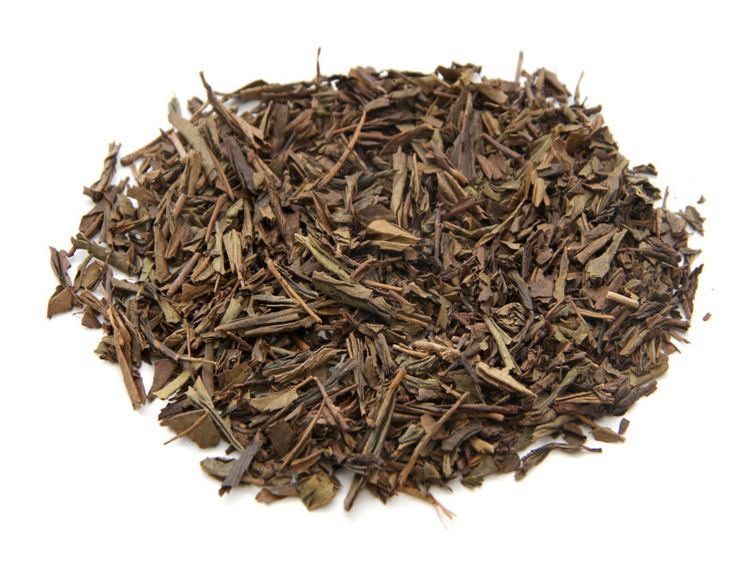 | ||
Other names 焙じ茶 hōji-cha, pan-fried / oven roasted tea Quick description Popular in Japan. Roasted Bancha or Kukicha tea, often used as an after-dinner tea. Similar Genmaicha, Sencha, Bancha, Green tea, Gyokuro | ||
Hōjicha (Houjicha) (ほうじ茶) is a Japanese green tea. It is distinctive from other Japanese green teas because it is roasted in a porcelain pot over charcoal, whereas most Japanese teas are steamed. The tea is fired at a high temperature, altering the leaf color tints from green to reddish brown. The process was first performed in Kyoto, Japan in the 1920s and its popularity persists today.
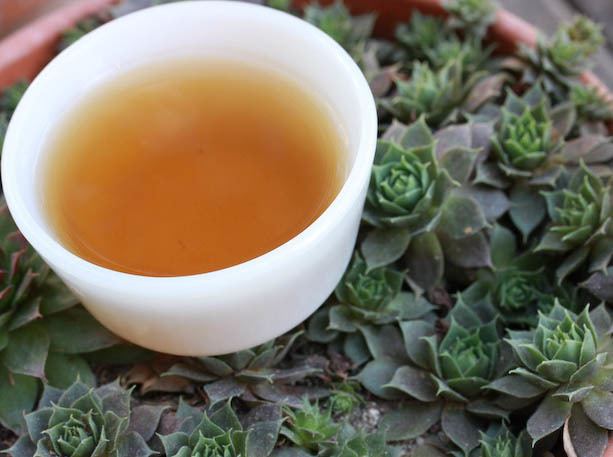
Description
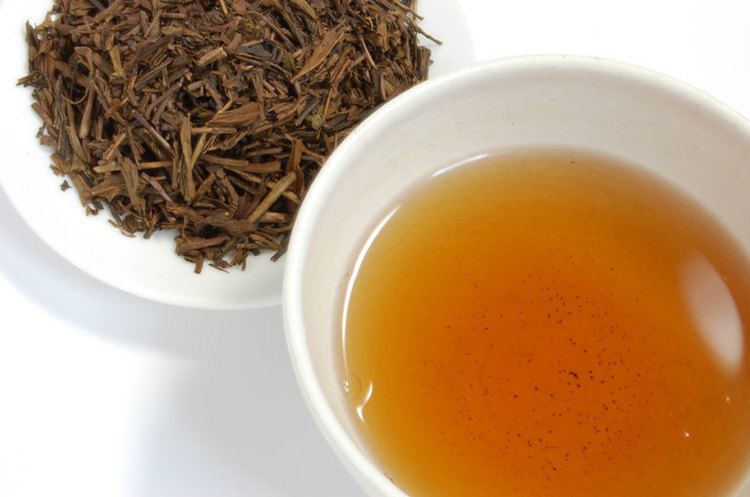
Hōjicha is often made from bancha (番茶, "common tea"), tea from the last harvest of the season; however, other varieties of Hōjicha also exist, including a variety made from sencha, and Kukicha, tea made from the twigs of the tea plant rather than the leaves.
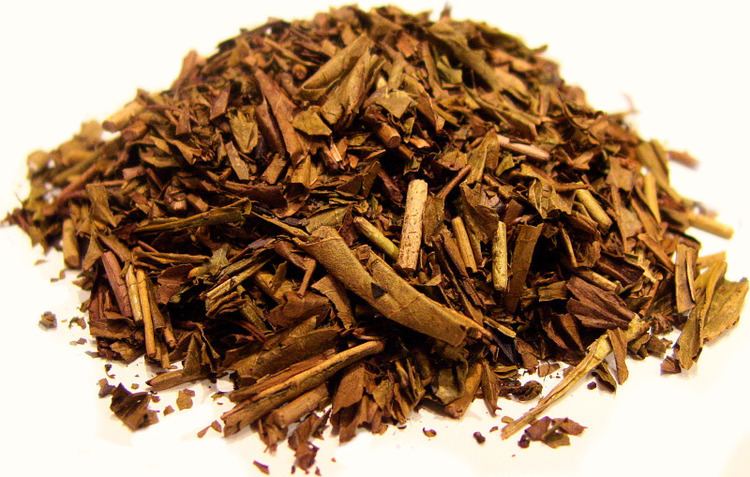
Hōjicha infusions have a light- to reddish-brown appearance and are less astringent due to losing catechins during the high-temperature roasting process. The roasted flavors are extracted and dominate this tea: the roasting replaces the vegetative tones of other varieties of Japanese green tea with a toasty, slightly caramel-like flavor. The roasting process used to make Hōjicha also lowers the amount of caffeine in the tea. Because of its mildness, Hōjicha is a popular tea to serve during the evening meal or after, before going to sleep, and even preferred for children and the elderly.
